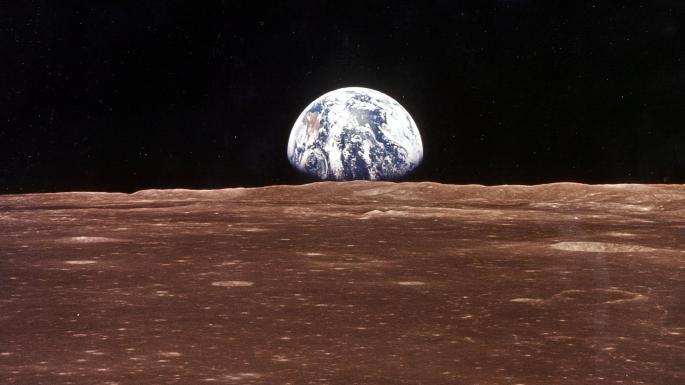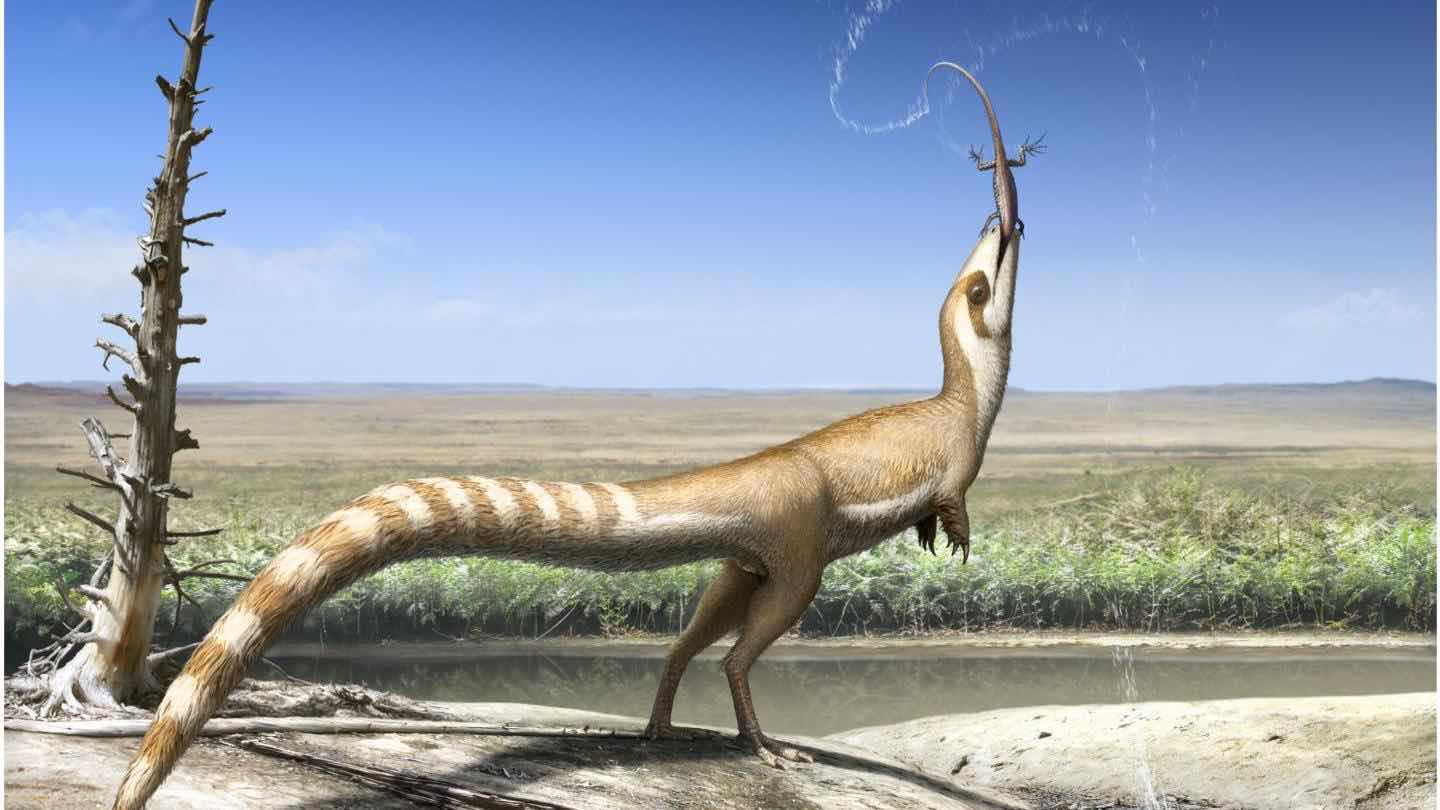
After half a century of speculation, astronomers from Hungary have confirmed the existence of two dust cloud formations orbiting Earth at right about the same distance as the Moon.
In 1961, Polish astronomer Kazimierz Kordylewski caught a glimpse of glowing clouds in Earth’s orbit. Ever since then, his findings proved controversial as no one else was able to replicate them. But, nevertheless, Kordylewski’s intriguing observations inspired astronomers to be on the lookout for more natural satellites besides the obvious glowing bulb everyone knows as the Moon.
Some might find it odd, to say the least, that scientists have trouble identifying objects just outside Earth’s orbit when today’s technology is capable of imaging galaxies billions of light years away or even the atmospheres of exoplanets. The truth is that it’s very difficult to image dust clouds, which are comprised of tiny micrometric particles, over a backdrop of galactic lights, starlight, skyglow, and so on.
Gábor Horváth, a physicist at Eötvös Loránd University, and colleagues used special camera filters and were able to make out two structures of dust, each about nine times as wide as the Earth. The formations, aptly called Kordylewski clouds, orbit the Earth at a distance of about 400,000 km (250,000 miles).
The Hungarian researchers didn’t just plainly aim a telescope at the night’s sky, but rather targeted Lagrange points. These are locations in space where the combined gravitational forces of two large bodies, such as Earth and the sun, or Earth and the moon, equal the centrifugal force felt by a much smaller third body.
Lagrange points are very useful because the interaction of forces creates a point of equilibrium, allowing objects there to remain stationary. For instance, the first point (L1) offers a perfect vantage point of the sun and is currently occupied by the Solar and Heliospheric Observatory (SOHO) and the Deep Space Climate Observatory. L2 — which like L1 lies a million miles from Earth — is currently occupied by NASA’s Wilkinson Microwave Anisotropy Probe (WMAP), tasked with measuring the cosmic background radiation.
Horváth and colleagues found the two dust formations at L4 and L5, the most stable of all Lagrange points, as reported in the Monthly Notices of the Royal Astronomical Society. The dust ‘moons’ constantly lose and replenish material, drawing from sources of interplanetary particles, such as the annual Perseid meteor shower.
Seeing how these Lagrange points are swamped with dust particles, the findings carry great significance for the safety of future space missions. For instance, the much anticipated James Webb Telescope will be deployed at L2 in 2020. It would’ve been a catastrophe if the multi-billion-dollar telescope was surrounded by dust.
More importantly, it’s fascinating to learn that the Moon is not alone. Besides these two large bodies of dust, astronomers believe that Earth also captures ‘mini-moons’ from time to time — objects about 2-3 meters across. Discovering these so-called mini-moons could help scientists come to a better understanding of how asteroids form, and of the Earth-moon system dynamic.













